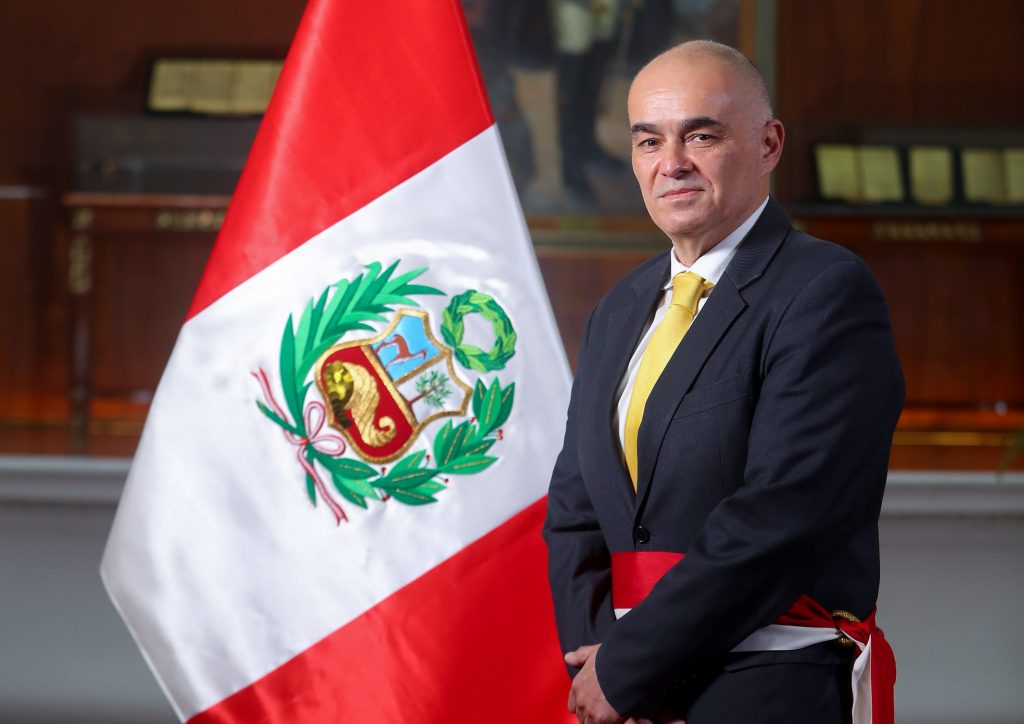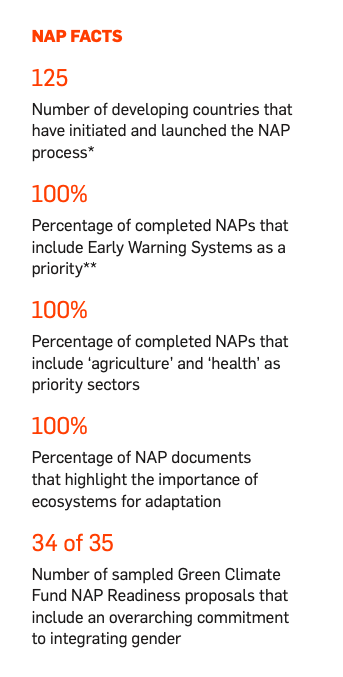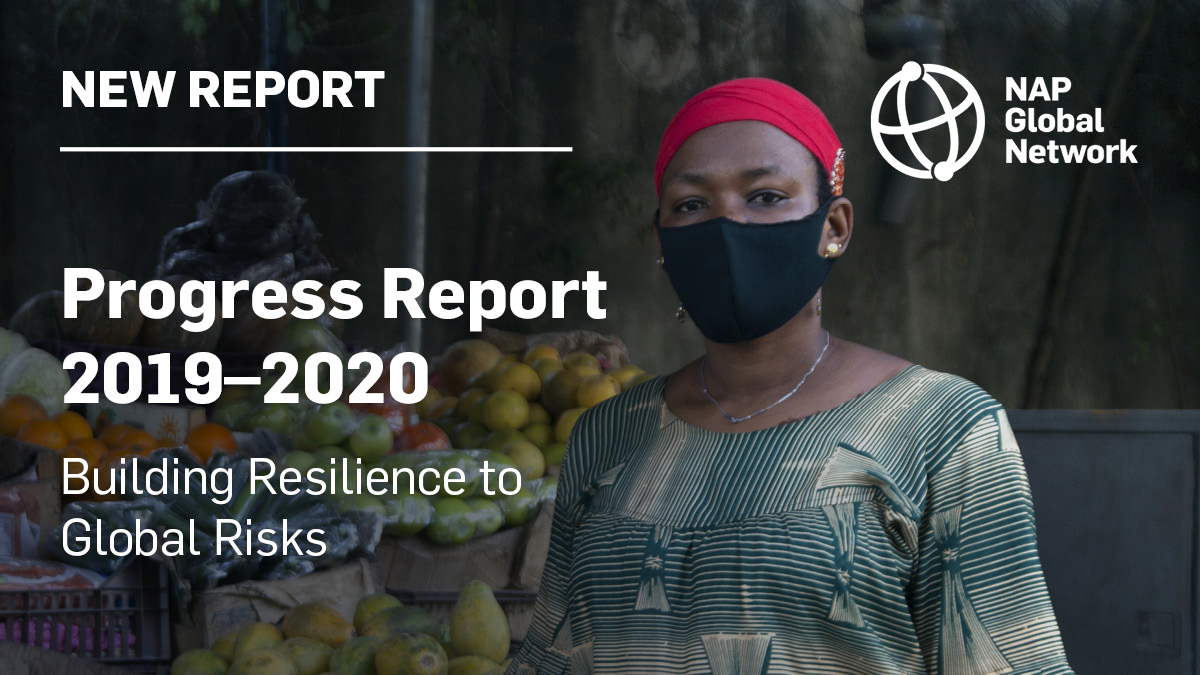Risk and resilience were dominant themes in 2020.
While the COVID-19 pandemic demonstrated the speed and severity of some of the emerging risks we face, the unrelenting impacts of climate change served as a reminder of the ongoing (and growing) risks we still struggle to manage. In many cases, we saw the pandemic and climate crises converge, whether through amplified impacts or win–win recovery solutions. Either way, the case for building resilience to a range of different but oftentimes mutually reinforcing risks was made clear.
National Adaptation Plan (NAP) processes are an essential part of the global effort to strengthen resilience in a changing climate. The NAP Global Network was created to support developing countries in accelerating adaptation planning and action.
In the Network’s new progress report, we look back at what we have achieved together from December 2019 to November 2020, as well as providing an update on the Network’s overall progress.
Download the full report from our Resources section, or read the Peruvian Environment Minister’s message below.
Peruvian Environment Minister’s Message
This year, we have seen how an invisible virus has put humanity on the edge. For years—and even months before COVID spread throughout the globe—scientists warned governments of the possibility of a global pandemic and exhorted them to take a stance to prevent this disaster. The request fell on deaf ears. This “new normal” we are living is, in part, due to the fact that many governments around the world ignored that warning.
Likewise, the scientific community has also been warning the world about climate change consequences; for example: a rise in the earth’s temperature could have far greater and more serious effects than those caused by the pandemic. However, it seems that we, as a whole planet, haven’t yet recognized the gravity of this situation. What are we waiting for? Should we suffer fatal consequences for the mere reason that we didn’t take timely action, as we did with the COVID-19 pandemic? Or, can we take action on climate change and work together towards building a stronger society and a healthier environment?
During the last few years, Peru has taken ambitious and clear climate change actions. Peru was the
first Latin American country to ratify the Paris Agreement and also among the first countries to enact a Framework Law on Climate Change. We are also leaders in recognizing the importance that Indigenous peoples have in shaping the country’s strategy on climate change. Our progress is the result of joint efforts among stakeholders from the national, and subnational governments, as well as civil society and the private sector.
Because of its great biodiversity, Peru is one of the countries in the world that is going to be most affected by climate change. Every economic sector will be affected by this, so will every person.
In order to face this imminent danger, we are developing a National Adaptation Plan that will help us build our resilience to climate change in a way that is effective, multi-sectoral, and socially just. This plan will be an essential part of Peru’s response to climate change.
I acknowledge and thank the NAP Global Network for providing financial and technical support to this plan with funding from the United States government.
In order to address a global challenge, every individual and institution must change its mentality. In this effort we must empower the youth and increase the level of awareness around the concept of environmental conservation and sustainability. Only by achieving this goal will we be able to say that we as a society have a future.
Thank you.
Mr. Gabriel Quijandría, Minister of the Environment of Peru

Read the full report: Building Resilience to Global Risks: 2019-2020 Progress Report.

